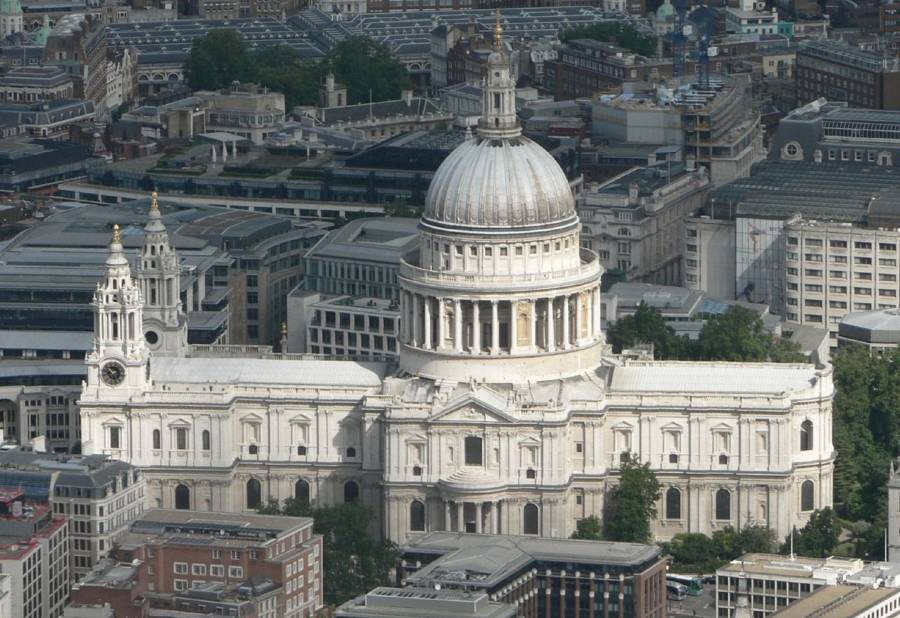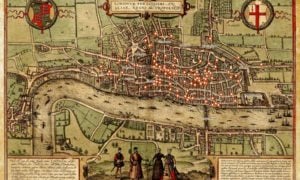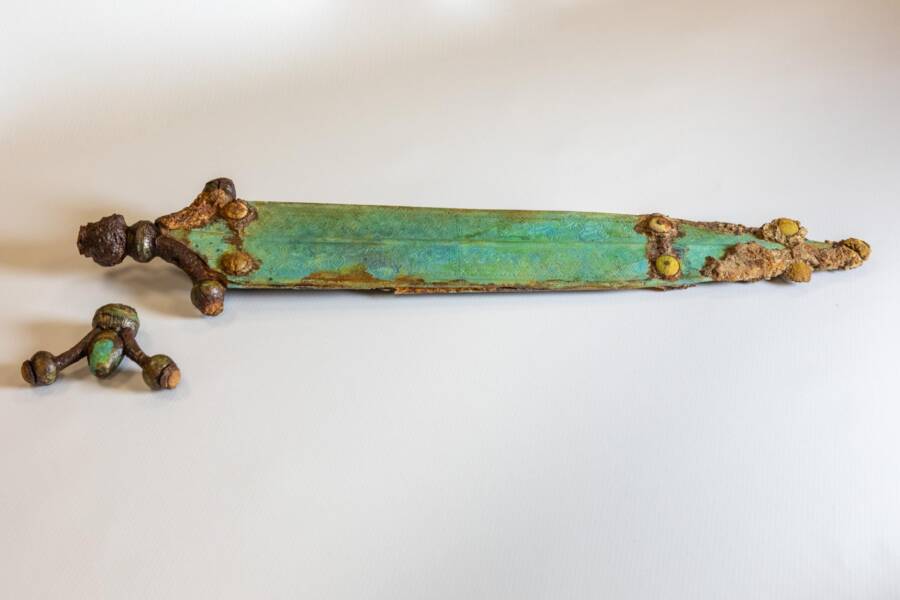“Explore Medieval London’s Deadliest Streets: Interactive Map Reveals Your Likelihood of Murder”
Eisner was able to indicate some patterns as to where and in what manner most of the murders occurred during this time period. He estimated that 68 percent of these murders happened in London’s busiest streets and markets — completely out in the open.

Wikimedia CommonsSt. Paul’s Cathedral, not a place you’d want to visit in 1330s London.
Indeed, he found that the two deadliest locations were both commercial ones. The first was a portion of the historic Cheapside street, from St. Mary-le-Bow church to St. Paul’s Cathedral. The second area was the streets that surrounded Leadenhall Market in east London.
Knives proved to be the most popular weapon of choice, with 68 percent of the documented cases identifying a knife as the murder instrument. The next most popular weapon was a staff found in 19 percent of the murder cases, followed by a sword with 12 percent.
Eisner also discovered that those days in which people weren’t busy with work, like the weekends, clocked the most murders. Sundays were the most popular day to be killed, with 31 percent of the documented murders happening on that day.
Based on the estimate that London’s population was around 80,000 inhabitants, Eisner posits that the murder rates during the Middle Ages were somewhere between 15 and 20 percent higher than what’s expected of a similarly-sized modern-day town in the UK.
Eisner was able to find a silver lining to this Purge-like era in London’s history, though: “One of the fortunate things for the Middle Ages was that they didn’t have any guns. Because I think they would quickly have wiped each other out.”












Post Comment